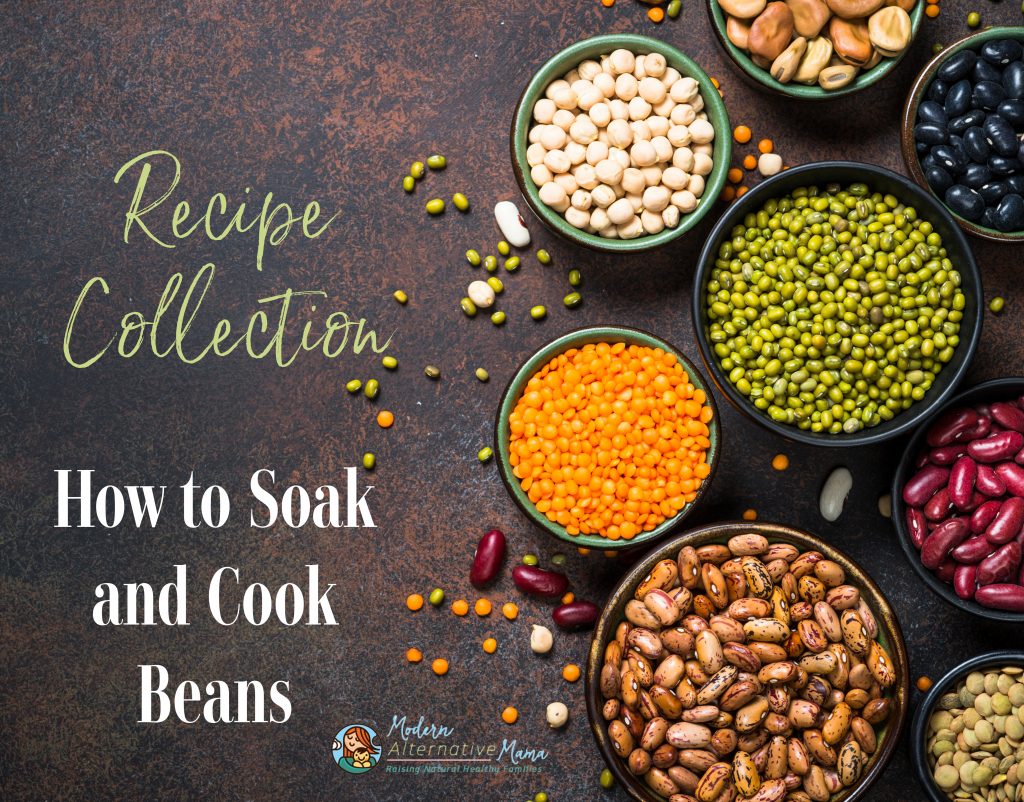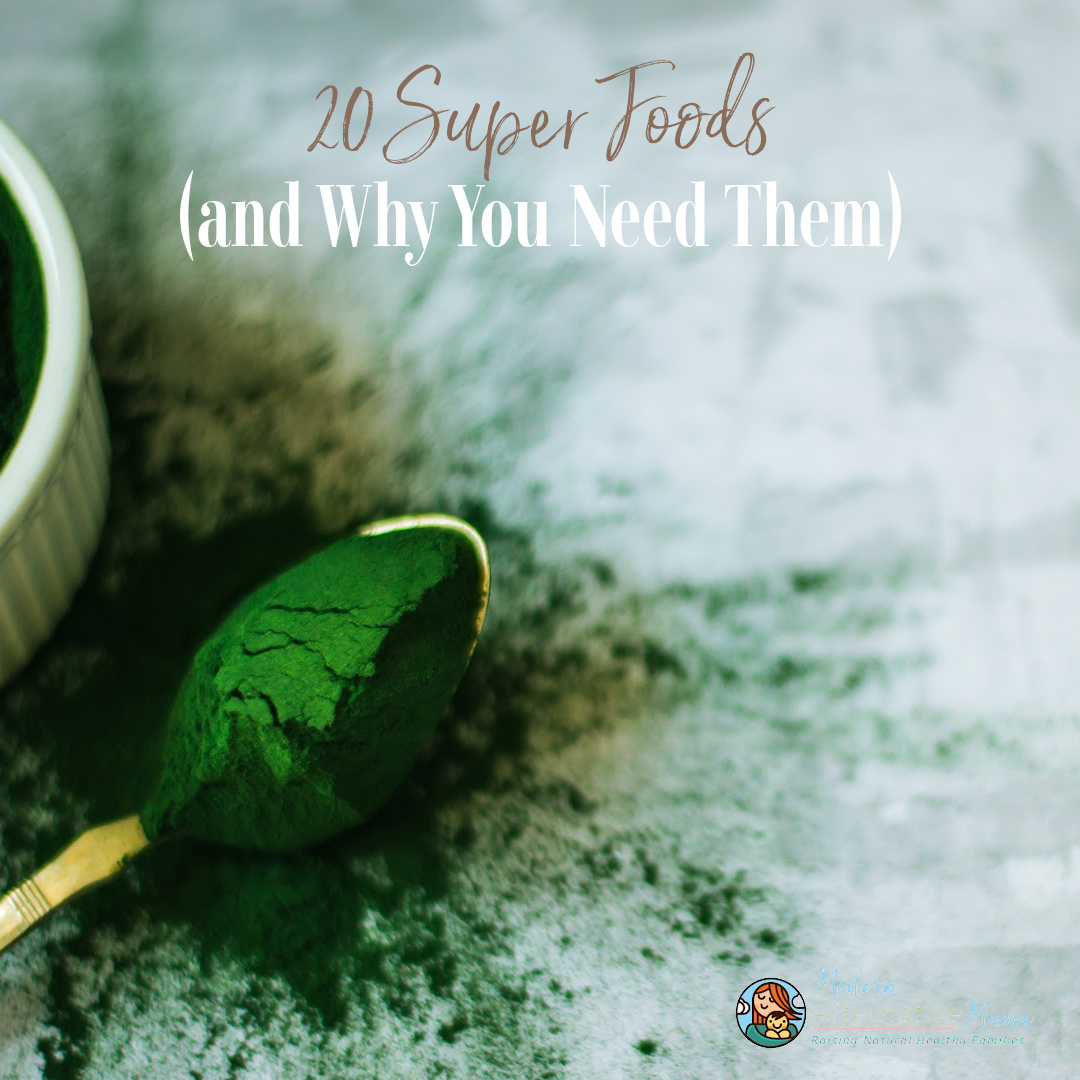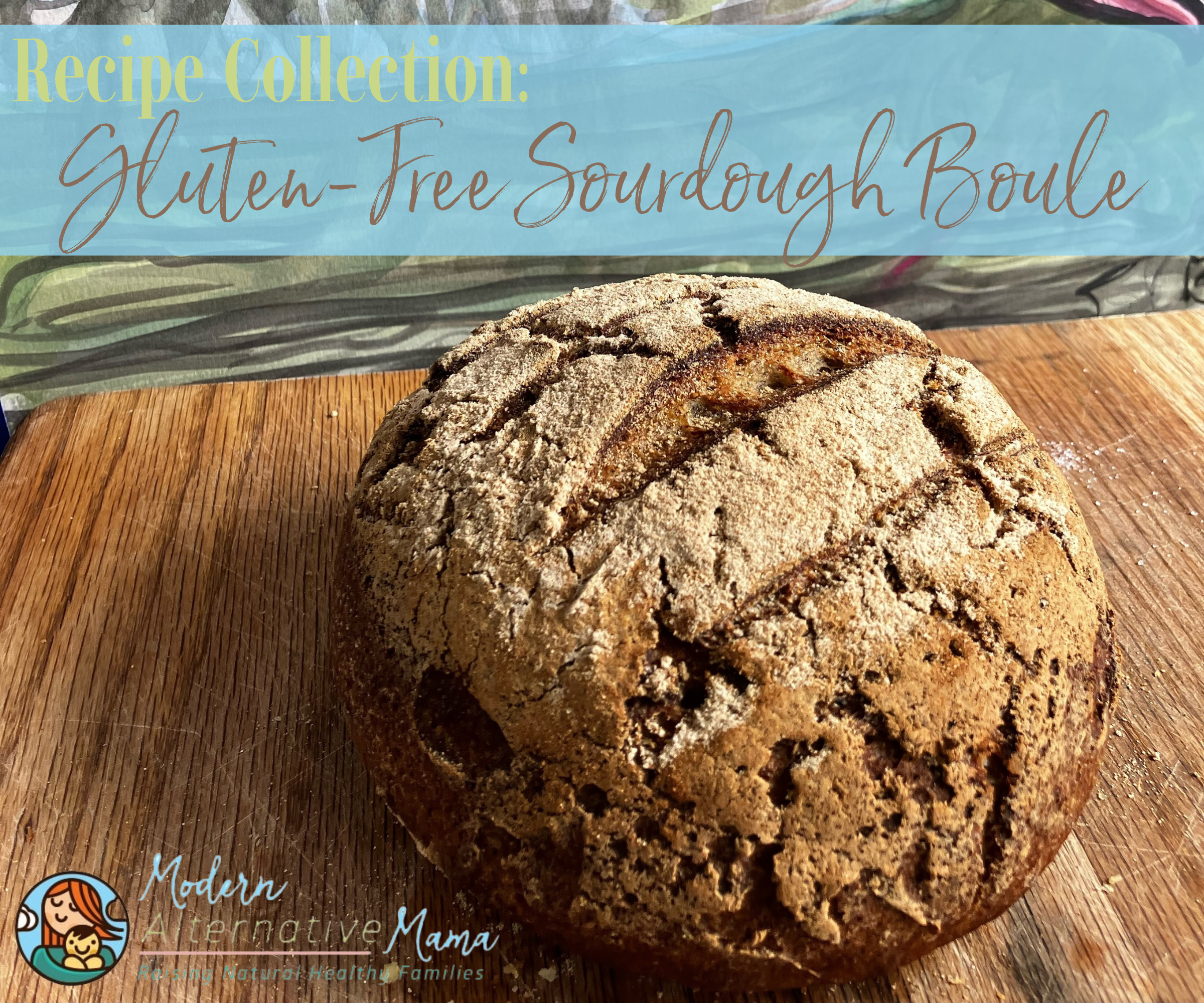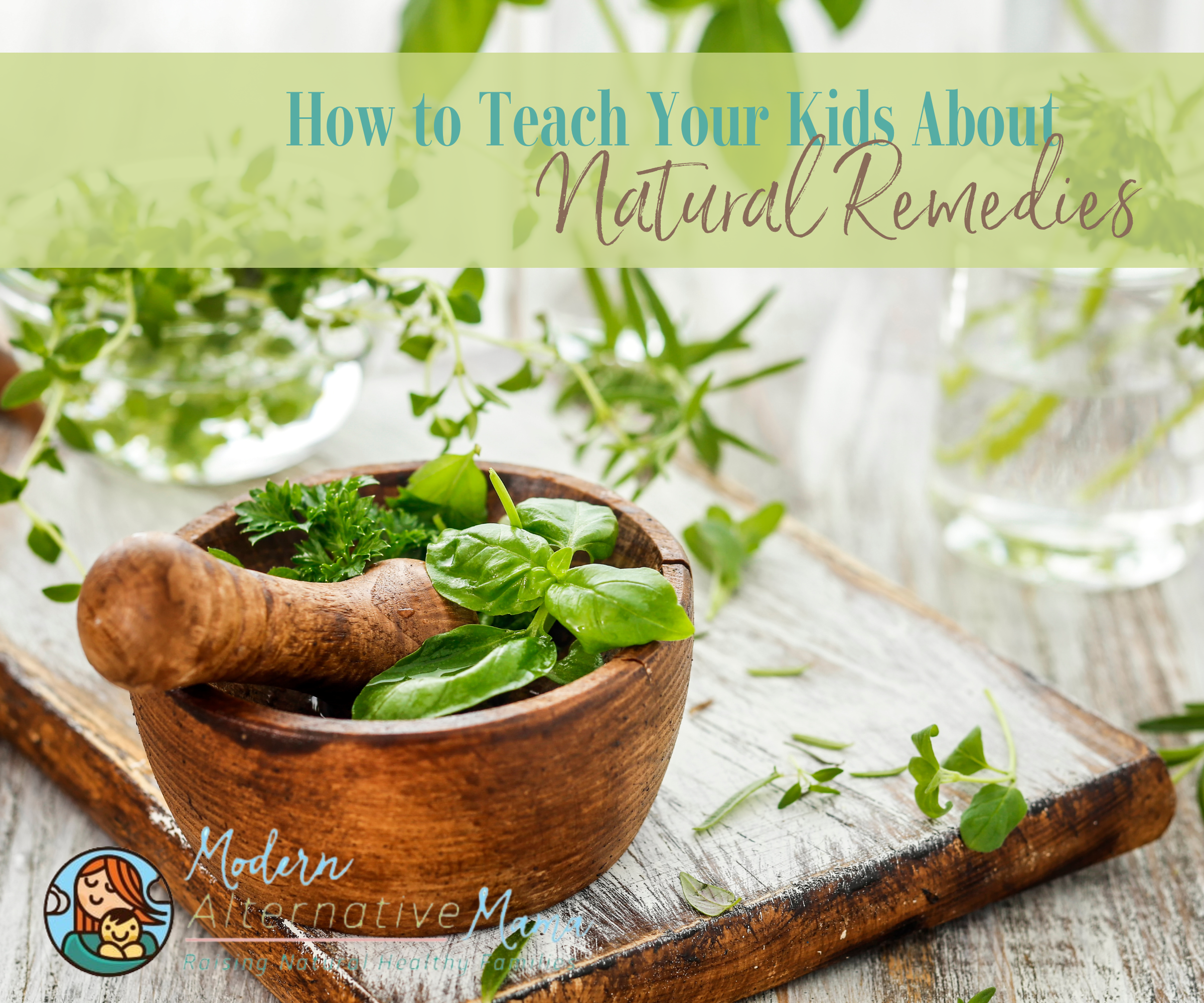Bean soaking is an easy staple of many traditional cook’s kitchens. Soaking beans makes them easier to digest and more nourishing. Many places talk about doing a “quick soak,” which can mean anything from boiling the beans for 10 minutes and letting them sit an hour to microwaving them for a few minutes and calling it good. Yuck. Do not do this.
Traditional, long soaking removes the phytic acid and other junk from the beans. If you think you can’t eat beans because they will give you gas — this only occurs when beans are not properly soaked! If you’ve avoided beans, you may just be able to eat them again, which is awesome because they are yummy and very, very frugal.
Whether you use ACV (apple cider vinegar) or baking soda depends on the type of bean. Black beans and kidney-shaped beans get ACV, and all others get baking soda. I often use baking soda for all of them, though (oops). I also usually sub raw red wine vinegar for ACV when I do it properly because I don’t like it and don’t have ACV on hand. Any raw vinegar would do.
How to Soak & Cook Beans
Ingredients:
- Desired amount of dry beans
- 1/2 tsp. baking soda or apple cider vinegar per cup of beans
- Filtered water to cover
Directions:
Step 1: Pour your beans into a bowl (no more than 1/2 full). Add your baking soda (or ACV) on top.
Step 2: Fill your bowl with water to cover the beans by at least 1″. The beans will absorb a lot, so check them after a few hours and add more water if needed.
Step 3: Let your beans sit for about 18 hours. Longer is good, too, but drain the water, rinse the beans, and add new water if you let them sit for a long time.
Step 4: Once they’re soaked, drain them and rinse them.
Step 5: Add them to a large pot and cover them with fresh (filtered) water by at least 1″. Turn your pot on medium-high and simmer for 1 – 2 hours, until beans are soft. Salt in the last 10 minutes of cooking. (They don’t soften very well if you add salt initially.)
That’s it! Now, you can add them to anything you want. Or, you can cool them, put them in bags, and freeze them for later. Making last-minute chili is easy if you have pre-soaked, pre-cooked beans in the freezer. Looking for a chili recipe? Check out our blog, Easy Bean Chili.
How to Soak & Cook Beans
Ingredients
- Desired amount of dry beans
- 1/2 tsp. baking soda or apple cider vinegar per cup of beans
- Filtered water to cover
Instructions
- Pour your beans into a bowl (no more than 1/2 full). Add your baking soda (or ACV) on top.
- Fill your bowl with water to cover the beans by at least 1". The beans will absorb a lot, so check them after a few hours and add more water if needed.
- Let your beans sit for about 18 hours. Longer is good, too, but drain the water, rinse the beans, and add new water if you let them sit for a long time.
- Once they're soaked, drain them and rinse them.
- Add them to a large pot and cover them with fresh (filtered) water by at least 1". Turn your pot on medium-high and simmer for 1 - 2 hours, until beans are soft. Salt in the last 10 minutes of cooking. (They don't soften very well if you add salt initially.)
If you want in-depth information, check out Katie’s The Everything Beans Book!







Thanks for this post. I had been looking for the right way to soak beans. One question though, can the soaked beans be cooked in pressure cooker or is simmering them 1-2 hours is a lot better?
I'm so glad you posted this. I hadn't figured out how to do this yet and my 3 yr old doesn't digest mere water-soaked beans well at all. As a result, we haven't been able to enjoy the benefits of quite so many inexpensive meals. Hopefully this will solve the issues. Thanks!
Just curious if a crock-pot can be used at all? I make beans at least once a week for dinners and usually put then in the crock pot for about 8 hours. Any thoughts?
After soaking, yes. You can cook beans in a crock pot.
I’ve done this with black beans and white beans but didn’t know about the ACV or baking soda. They never seem as soft as canned beans though, even with soaking for 24 hours and cooking for 1.5 to 2.5 hours…is that normal for dried beans?
I didn’t know about the ACV or baking soda either but my beans are usually as soft as the canned ones. Until I read this post, I only soaked “overnight” or up to 10 hours and they were still soft after cooking. Maybe the beans you got were too old? Also, like Kate said, make sure not to add salt until the end of the cooking time. I remember having a hard time the first time I cooked garbanzo beans, but that’s because I had added salt in the beginning like the recipe I used said.
Do you mean the interior of the beans or is it the skins that seem harder than canned? I have found that the skins seem tougher on my home-cooked beans even though the interior is quite soft. I am curious if the acv / b-soda will address that problem.
For the last 18 years, I have done long soaking and then sprouting of my beans (usually pintos). I never knew about avc or b-soda additions. I always thought that the sprouting converted the phytic acid; now I wonder if that is true…. I’ll have to try it and see how things change.
I make a massive amount of beans every few months because we make a lot of Mexican food. By massive, I mean about 25 cups (15 lbs.?). First, we pour the dried beans by batches on the table and sort out all the odd bits and weird looking beans. Then, I soaked them in plain water. I have a few gigantic bowls I use and I have used a food grade buckets before. After soaking for about 15 hours, I dump them into several colanders and rinse well. Now for the sprouting: Because I don’t have a lot of counter space I just stack the colanders full of beans on top of each other with the bottom one set in a bowl. Then, each morning and night for 2 or 3 days, I set each colander in the sink and use my sprayer to really drench the beans. I restack them in between rinses. Once I see the little tail of the root poke out, I start cooking. Sometime, I fill all three of my crock pots and get it all done in 2 rounds of cooking. Other times, I just keep one crock pot going day after day, cooking one batch during the day and then refilling the cooker to cook a batch over night. In between cooking, I keep up the schedule of rinsing the beans still in colanders.
I freeze most of the beans in family-meal sized portions either in gallon zipper bags frozen flat or in other freezer containers.
This has worked great for us and is as convenient as having canned beans on hand.
Hi Mom24boys! How do you use all those beans? I know you said mexican, would you share recipes? janet.sc.61@gmail.com
Can you please clarify the function of the ACV and the baking soda? Why do different beans get one vs the other? I would think you would only need the baking soda if you have very hard water. Even then you would have to be careful not to use too much and destroy nutrients in the beans.
The only bean I can think of at the moment that isn’t kidney shaped is a garbanzo bean…what am I missing here? Thanks!
Honestly, I end up just using baking soda for all my beans. It works great for us, and although I often don’t measure and do long soaks, we haven’t had any issues that I know of.
Kidney shaped beans get baking soda. All other beans get something acidic… is what I heard.